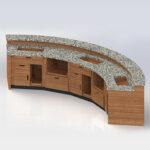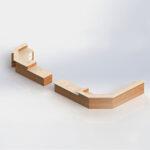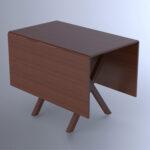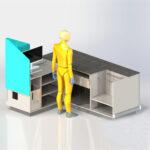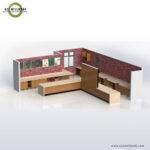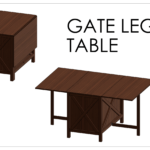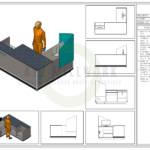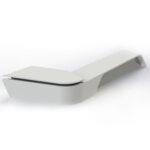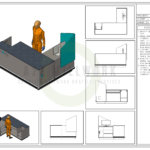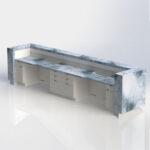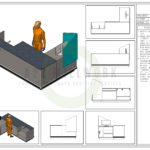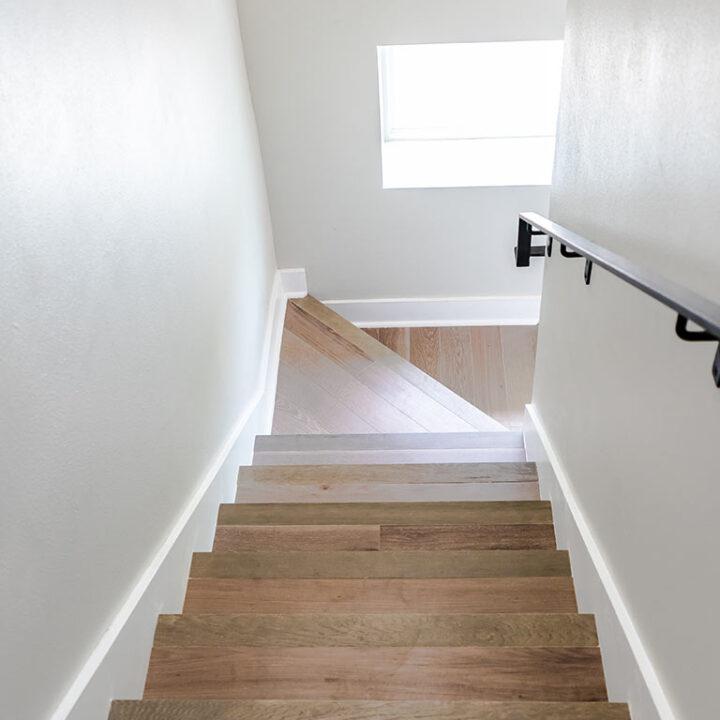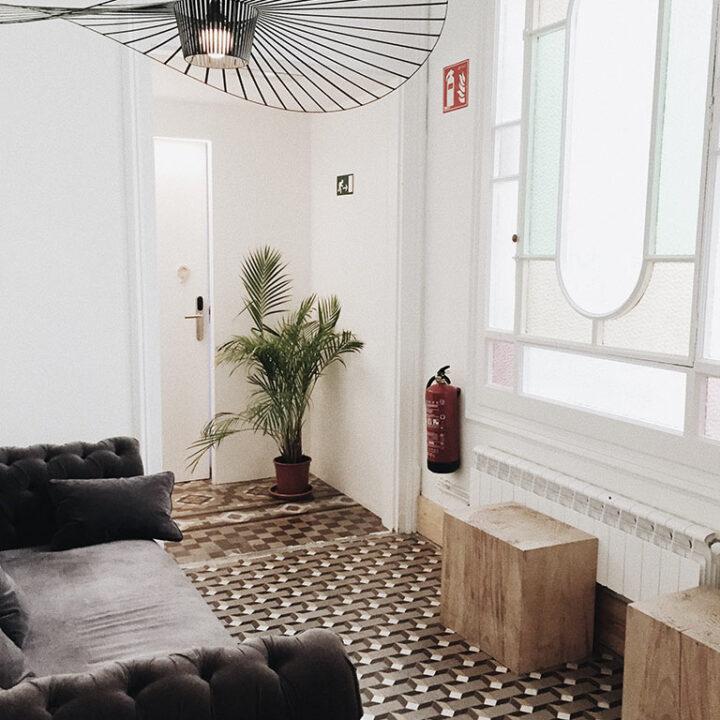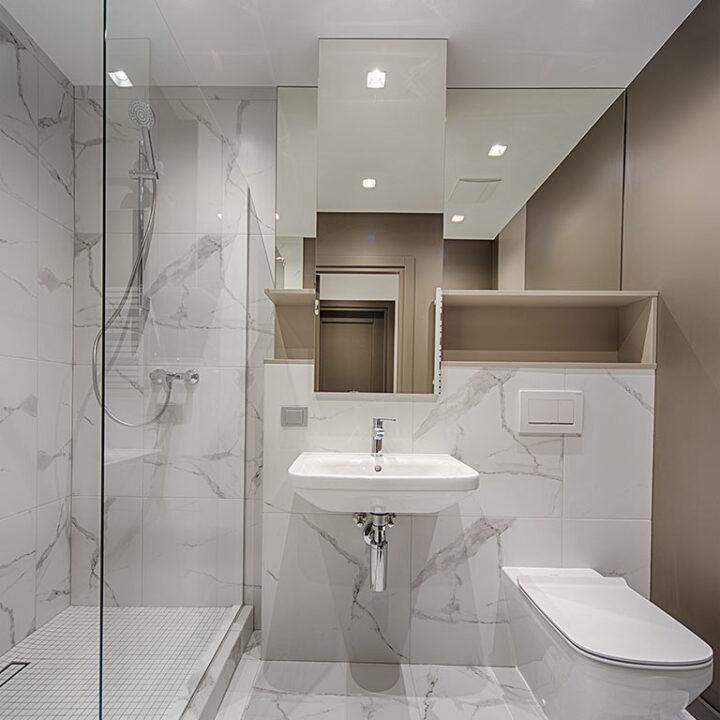- Home
- About Us
- Services
- Millwork Drafting Services
- Cabinet Vision Shop Drawings
- Microvellum Shop Drawings
- CNC Machining & Support
- 3D Modeling & Rendering
- Estimation & Quantity Take Off
- Millwork Software & Support
- Millwork Contract Manufacturing
- Millwork Standards and accrediation
- A2z Millwork Certified Architecture Woodwork Institute member
- A2Z Millwork: Exemplifying Standards and Accreditation of AWMAC
- A2Z Millwork WMA (World Millwork Alliance) Standards and Accreditation
- A2z Millwork Standards and Accreditation by KCMA
- ASME Standards and Accreditation
- A2Z Millwork Certified Americans with Disabilities Act (ADA)
- A2Z Millwork Certified (NSF)Sanitation Foundation Partner
- Millwork Remote and Onsite staffing Solution
- Portfolio
- Blog
- How it Works
Considering the physical, mental, and emotional needs of people, interior designers use human-centered approaches to address how we live today. Creating novel approaches to promoting health, safety, and welfare, contemporary interiors are increasingly inspired by biophilia as a holistic approach to promoting health, safety, and welfare, contemporary interiors are increasingly inspired by biophilia as a holistic approach to design. By definition, interior design encompasses diverse aspects of our environment. The discipline extends to building materials and finishes; casework, furniture.
Biophilia is the idea that humans possess an innate tendency to seek connections with nature. The term translates to ‘the love of living things’ in ancient Greek (philia = the love of / inclination towards), and was used by German-born American psychoanalyst Erich Fromm in The Anatomy of Human Destructiveness (1973), which described biophilia as “the passionate love of life and of all that is alive.” The term was later used by American biologist Edward O. Wilson in his work Biophilia (1984), which proposed that the tendency of humans to focus on and to affiliate with nature and other life-forvms.
architect:
David Oswald
project type:
Interior Design
Terms:
6 month
client:
OceanThemes
Strategy:
Minimalistic
date:
November 22,
2020
Design in Details
In design, we bring characteristics of the natural world into built spaces, such as water, greenery, and natural light, or elements like wood and stone. Encouraging the use of natural systems and processes in design allows for exposure to nature, and in turn, these design approaches improve health and wellbeing. There are a number of possible benefits, including reduced heart rate variability and pulse rates, decreased blood pressure, and increased activity in our nervous systems, to name a few.
Over time, our connections to the natural world diverged in parallel with technological developments. Advances in the 19th and 20th centuries fundamentally changed how people interact with nature. Sheltered from the elements, we spent more and more time indoors. Today, the majority of people spend almost 80-90% of their time indoors, moving between their homes and workplaces. As interior designers embrace biophilia.
[30m2]
bedroom
[22m2]
bathroom
[28m2]
workspace
[15m2]
kitchen area
Incredible Result
Establishing multi-sensory experiences, we can design interiors that resonate across ages and demographics. These rooms and spaces connects us to nature as a proven way to inspire us, boost our productivity, and create greater well-being. Beyond these benefits, by reducing stress and enhancing creativity, we can also expedite healing. In our increasingly urbanized cities, biophilia advocates a more humanistic approach to design. The result is biophilic interiors that celebrate how we live, work and learn with nature. The term translates to ‘the love of living things’ in ancient Greek (philia = the love of / inclination towards), and was used by German-born American psychoanalyst Erich Fromm in The Anatomy of Human Destru ctiveness (1973).


